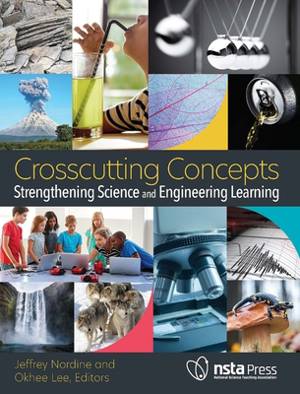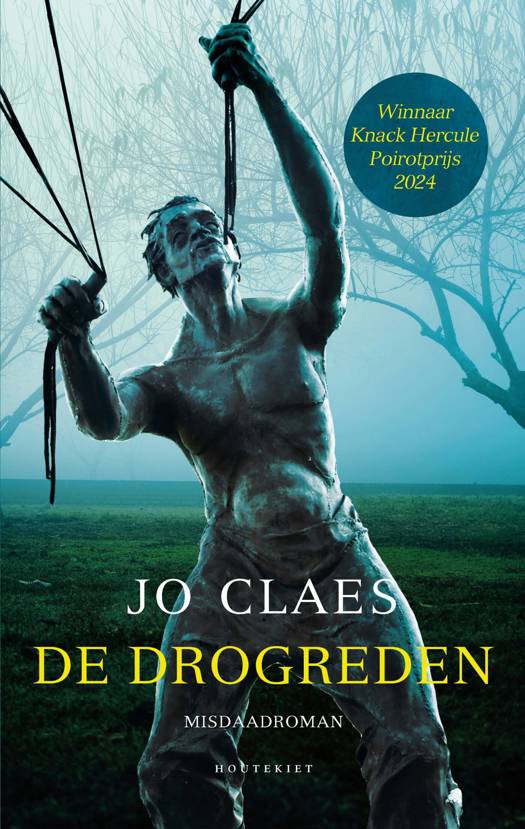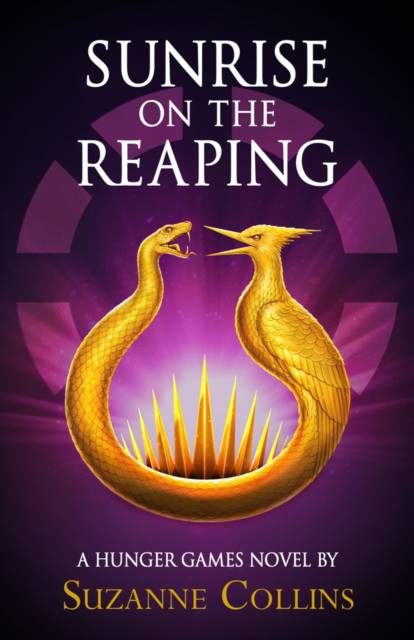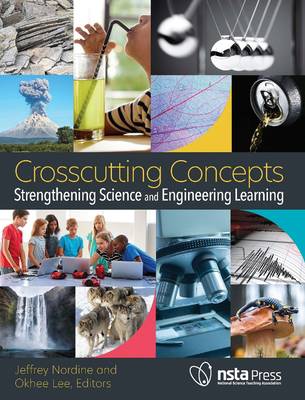
- Afhalen na 1 uur in een winkel met voorraad
- Gratis thuislevering in België vanaf € 30
- Ruim aanbod met 7 miljoen producten
- Afhalen na 1 uur in een winkel met voorraad
- Gratis thuislevering in België vanaf € 30
- Ruim aanbod met 7 miljoen producten
Zoeken
Crosscutting Concepts
Strengthening Science and Engineering Learning
Okhee Lee, Jeffrey Nordine
Paperback | Engels
€ 73,45
+ 146 punten
Omschrijving
Maybe you have a good grasp of disciplinary core ideas and science and engineering practices--critical parts of the Next Generation Science Standards--but you are looking for more resources about integrating crosscutting concepts (CCCs). Or maybe you understand CCCs but want to know more about how to make them part of your students' toolkit for exploring science phenomena or engineering problems, both now and in the future. Regardless of your needs, Crosscutting Concepts is your guide. It shows how to design and implement three-dimensional instruction for all students by understanding the potential of CCCs to strengthen science and engineering teaching and learning. Crosscutting Concepts helps you do the following: - Grasp the foundational issues that undergird crosscutting concepts. You'll find out how CCCs can change your instruction, engage your students, and broaden access and inclusion of all students into your science classroom. - Gain in-depth insights into individual crosscutting concepts. You'll learn how to use each CCC across disciplines, understand the challenges students face in learning CCCs, and adopt exemplary teaching strategies. - Discover how CCCs can strengthen the way you teach key topics in science. These topics include the nature of matter, plant growth, and weather and climate, as well as engineering design. - Understand related implications for science teaching. These topics include student assessment and teacher professional collaboration. Throughout Crosscutting Concepts, vignettes drawn from the authors' own classroom experiences will help you put theory into practice. Instructional Applications show how CCCs can strengthen your planning. Classroom Snapshots feature practical ways to use CCCs in discussions and lessons. Useful for teachers at all grade levels, this book will enrich your own understanding while showing you how to use CCCs for both classroom teaching and real-world problem solving.
Specificaties
Betrokkenen
- Auteur(s):
- Uitgeverij:
Inhoud
- Aantal bladzijden:
- 508
- Taal:
- Engels
Eigenschappen
- Productcode (EAN):
- 9781681407289
- Verschijningsdatum:
- 30/04/2021
- Uitvoering:
- Paperback
- Formaat:
- Trade paperback (VS)
- Afmetingen:
- 208 mm x 274 mm
- Gewicht:
- 1138 g

Alleen bij Standaard Boekhandel
+ 146 punten op je klantenkaart van Standaard Boekhandel
Beoordelingen
We publiceren alleen reviews die voldoen aan de voorwaarden voor reviews. Bekijk onze voorwaarden voor reviews.











